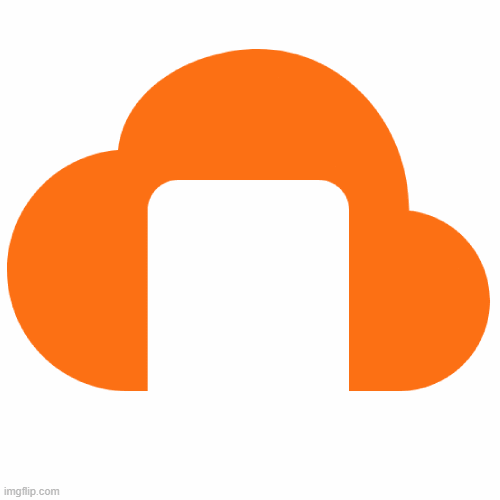


Project management is the process of planning, organizing, and controlling resources to achieve specific goals. It involves defining a project, establishing a project team, and creating a plan that outlines the steps and resources needed to complete the project.
Project management also involves monitoring progress, identifying and resolving issues, and adjusting the plan as necessary to ensure that the project is completed on time and within budget.Effective project management requires strong communication skills, attention to detail, and the ability to identify and manage risks.
Client management refers to the process of managing relationships with clients or customers in a professional or business setting. This can involve a range of activities, including building and maintaining strong relationships with clients, managing client expectations, handling client complaints and issues, and identifying opportunities for further business with clients.
Effective client management is important for businesses of all sizes, as it helps to build trust, loyalty, and satisfaction among clients, and can lead to increased revenue and long-term success.
Client onboarding is the process of introducing a new client or customer to a business or organization, and helping them become familiar with the products or services being offered. It is an important part of the customer journey and can help to ensure that clients feel welcomed, supported, and informed about the products or services they are using.
The specific steps involved in client onboarding may vary depending on the nature of the business and the needs of the client. However, some common elements of client onboarding may include:
Effective client onboarding can help to build strong relationships with clients and increase their satisfaction and loyalty. It can also help to reduce the risk of misunderstandings or issues arising later on in the client relationship.
A project dashboard is a visual display of key performance indicators (KPIs) and other important data related to a project. It is designed to provide a quick and easy-to-understand overview of the project's progress and performance, and is often used by project managers and team members to monitor the project's progress and make data-driven decisions.
Project dashboards can be created using a variety of tools, such as spreadsheet software, project management software, or online project management platforms. They may include a variety of information, such as:
Project dashboards can be a useful tool for helping teams stay on track and for providing transparency and visibility into the project's progress.
A project task board is a visual tool that is used to track and manage the progress of tasks within a project. It is typically a physical or digital board that displays the different tasks that need to be completed, along with information about their status, priority, and assigned team members.
Task boards can be physical boards, such as a whiteboard or corkboard with sticky notes or cards representing tasks, or they can be digital boards, such as those created using project management software or online tools.
Some benefits of using a task board include:
A milestone tracker is a tool that is used to track the progress of specific milestones or key events within a project. Milestones are important markers that indicate that a significant event or achievement has been reached, and they are often used to measure the progress of a project and ensure that it is on track to meet its goals and objectives.
Milestone trackers can be used in a variety of ways, depending on the needs of the project and the preferences of the team. Some common features of milestone trackers include:
Milestone trackers can be useful for helping teams stay organized and focused, and for ensuring that projects are completed on time and within budget. They can be created using a variety of tools, such as project management software, spreadsheets, or online project management platforms.